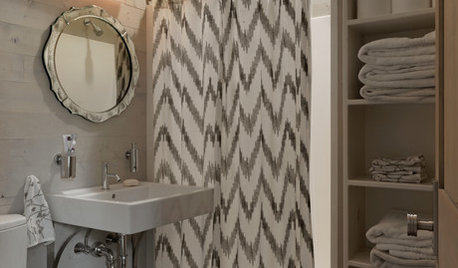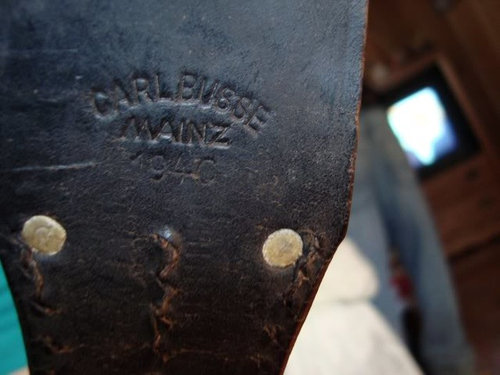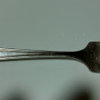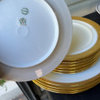Can anyone tell me about this?
faeryxdecay
15 years ago
Related Stories

COMMUNITYCommunity Building Just About Anyone Can Do
Strengthen neighborhoods and pride of place by setting up more public spaces — even small, temporary ones can make a big difference
Full Story
KITCHEN DESIGNHouzz Call: Tell Us About Your First Kitchen
Great or godforsaken? Ragtag or refined? We want to hear about your younger self’s cooking space
Full Story
MUDROOMSThe Cure for Houzz Envy: Mudroom Touches Anyone Can Do
Make a utilitarian mudroom snazzier and better organized with these cheap and easy ideas
Full Story
BUDGET DECORATINGThe Cure for Houzz Envy: Living Room Touches Anyone Can Do
Spiff up your living room with very little effort or expense, using ideas borrowed from covetable ones
Full Story
LAUNDRY ROOMSThe Cure for Houzz Envy: Laundry Room Touches Anyone Can Do
Make fluffing and folding more enjoyable by borrowing these ideas from beautifully designed laundry rooms
Full Story
BEDROOMSThe Cure for Houzz Envy: Master Bedroom Touches Anyone Can Do
Make your bedroom a serene dream with easy moves that won’t give your bank account nightmares
Full Story
CLOSETSThe Cure for Houzz Envy: Closet Touches Anyone Can Do
These easy and inexpensive moves for more space and better organization are right in fashion
Full Story
BUDGET DECORATINGThe Cure for Houzz Envy: Entryway Touches Anyone Can Do
Make a smashing first impression with just one or two affordable design moves
Full Story
DECORATING GUIDESThe Cure for Houzz Envy: Family Room Touches Anyone Can Do
Easy and cheap fixes that will help your space look more polished and be more comfortable
Full Story
BATHROOM DESIGNThe Cure for Houzz Envy: Bathroom Touches Anyone Can Do
Take your bath from blah to ‘ahhhh’ with just a few easy and inexpensive moves
Full Story












lindac
faeryxdecayOriginal Author
Related Professionals
Kearny Furniture & Accessories · Rome Furniture & Accessories · Tahoe City Interior Designers & Decorators · Lakeside Painters · Champaign Painters · Fontana Painters · Fort Washington Painters · Gardena Painters · Kenner Painters · Newberg Painters · Ponte Vedra Beach Painters · St. Louis Furniture & Accessories · Woodbury Furniture & Accessories · Clark Furniture & Accessories · Orlando Professional Organizerslindac
moonshadow
maryland_irisman
lindac
igloochic
calliope
moonshadow
faeryxdecayOriginal Author
moonshadow
faeryxdecayOriginal Author
moonshadow
calliope
moonshadow
faeryxdecayOriginal Author
faeryxdecayOriginal Author
faeryxdecayOriginal Author
calliope
HERSHFAUNGER
lauralhilltwo_hotmail_com
lazy_gardens